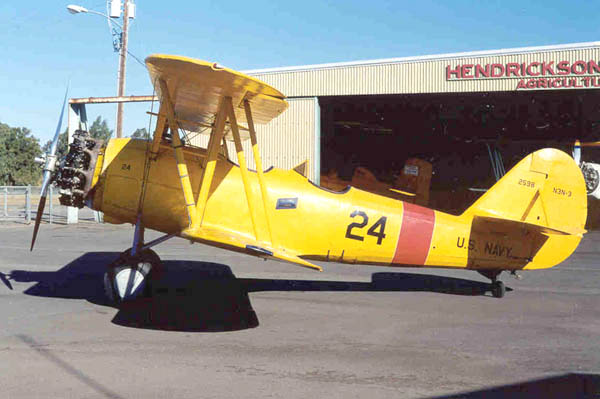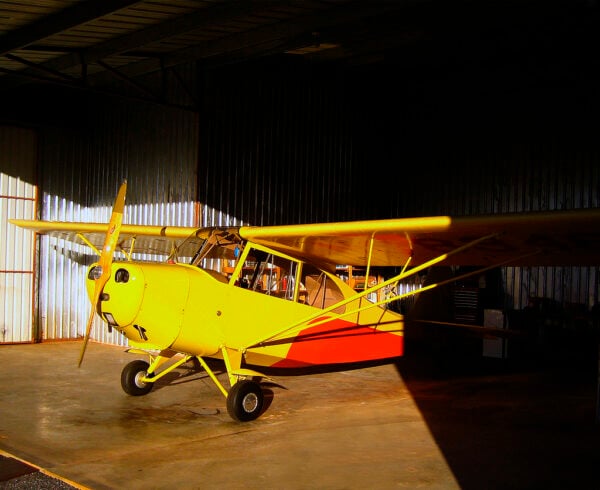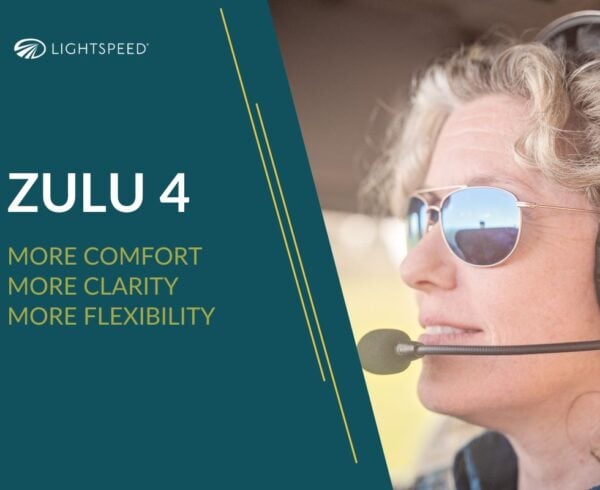In the first part of this story, I told you about how I got started on the path to a warbird cockpit. All the various makes and models of aircraft in my own aviation history were useful in achieving my goals. But it’s only half of the story. There are also the people who showed me the way, whether they knew it or not — the second half that makes this story complete.
My father had always been an aviation enthusiast, but he didn’t fly. Airshows were a staple activity on weekends during the summertime. Although not a pilot, my dad was an avid photographer and never missed an opportunity to go out to a show and take photos — LOTS of photos, especially of the WWII “stuff.” His passion culminated every year in September with the week-long National Championship Air Races in Reno. My father eventually worked his way into the press corps.

Howie inspired children, sitting thousands in the cockpit of that airplane, including me. When I think back, Howie was the first person who inspired me to be a pilot. I pestered that poor man so much and he gladly put up with me. What a gentleman. He actually wrote a letter to the CEO of Cox Models on my behalf asking for team patches for my whole family. Howie lit the fire in me by showing me that it was all possible.
As I got into my teenage years, I picked up the camera just like my father. At the 1979 Mojave air races, I was in line with my dad for my season pass. When the lady at the counter asked me what pass I was in line for, I said “Press!” without blinking. No problem. I could see the shocked look on my dad’s face, but it worked — that was my first press credential: June, 1979 as a twelve-year-old. Rules were looser then.
Throughout my teenage years, I worked for Sylvia Sweeney, the editor of the National Air-Racing Group newsletter. Sylvia went to engineering school in the 1950s which was pretty much unheard of at the time. She was a woman who kicked down doors and could be harsh — demanding the best out of her people and getting it. She put me in my place many times, and I’m better off for it. Beyond professional behavior, she introduced me to all the pilots and gave me some great assignments. She put me into a T-6 and a P-51 before I was old enough to drive. Sylvia introduced me to all the greats: John Crocker, Dan Martin, Clay Klabo, Bob Love, and more.
My first flight instructor was Roger Kuykendall. I learned to fly before the “magenta line.” One of Roger’s favorite lines was “What do you do when ‘x’ happens?” The answer: “Fly the airplane.” Never forget to look out the window and fly the airplane. Roger made me the old-school, hardline CFI I am today. Warbirds demand this — good fundamental stick and rudder flying. Roger taught me to feel the airplane and also gave me my initial tailwheel endorsement.

“Gosh, I have lots of tailwheel time and would LOVE to fly your aircraft!” I exclaimed. A few weeks later, I started flying the N3N.
The lesson? Spend time around the people and things that inspire you. And never turn down an interesting opportunity; you just never know what combination of people and experiences is going to get you where you want to go.
[Top image by Photographer 192.]















Leave a Comment